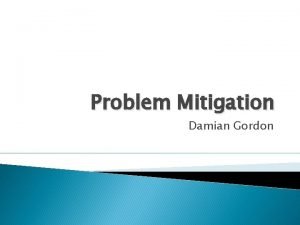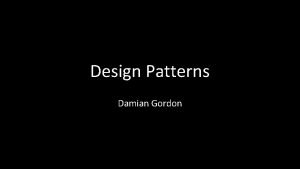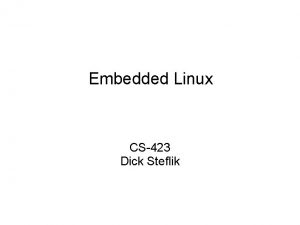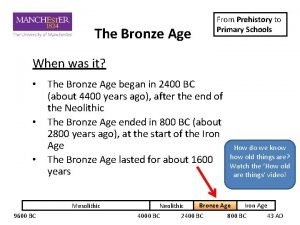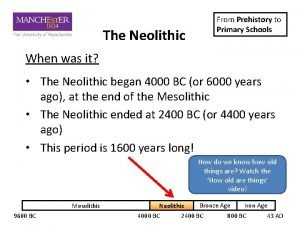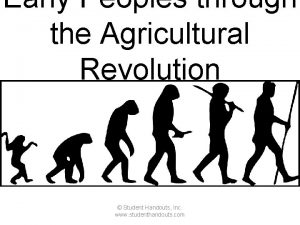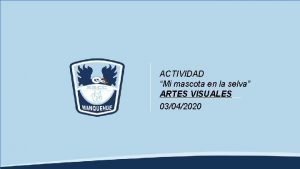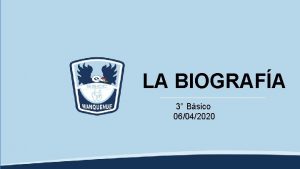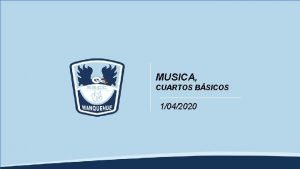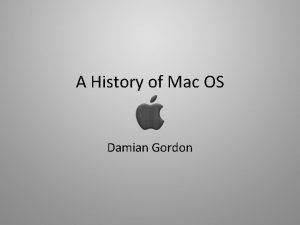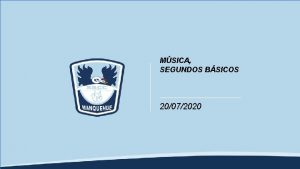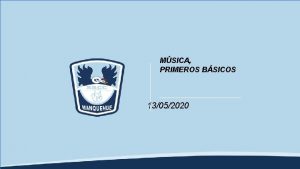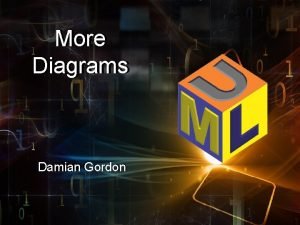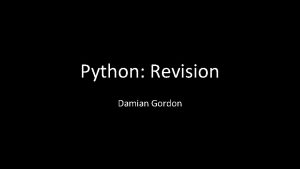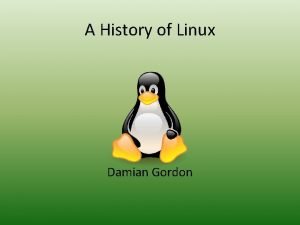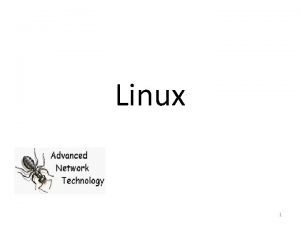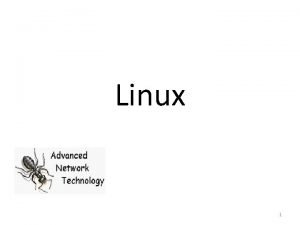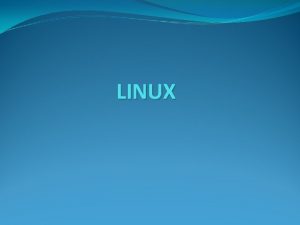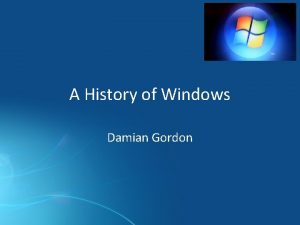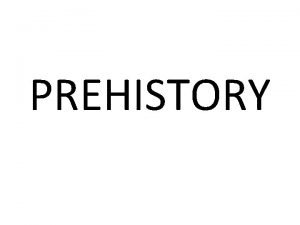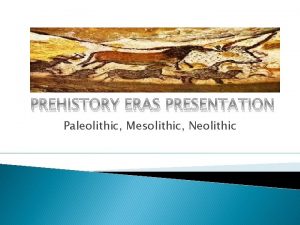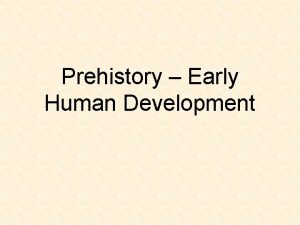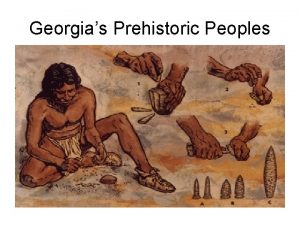A History of Linux Damian Gordon Prehistory of




























- Slides: 28

A History of Linux Damian Gordon



Prehistory of Linux • The Unix operating system was developed by Ken Thompson and Dennis Ritchie of AT&T Bell Laboratories in 1969 and first released in 1970.

Prehistory of Linux • In 1977 the University of California, Berkeley released a free UNIX-like system, Berkeley Software Distribution (BSD). But BSD contained Unix code, so AT&T sued.

Prehistory of Linux • In 1983, Richard Stallman started the GNU project to create a free UNIX-like operating system. Hurd (the GNU kernel) failed to attract enough developers, leaving GNU incomplete.

Prehistory of Linux • In 1987 Andrew S. Tanenbaum released MINIX, a Unix-like system intended for academic use. While source code for the system was available, modification and redistribution were restricted.


Linus Benedict Torvalds • Born: December 28, 1969 (age 45) • Born in Helsinki, Finland • Chief developer on the Linux kernel • Created the revision control system Git • 2014 IEEE Computer Society Computer Pioneer Award

Linux • Torvalds made the code of Linux freely available to everyone on the internet, and therefore lots of people created their own versions of Linux.

Linux • Linux is therefore an example of Open-source software, in which the copyright holder provides the rights to study, change and distribute the software to anyone and for any purpose. Open-source software is often developed in a public, collaborative manner.

Timeline of Linux 1996 V 2 1992 V 0. 01 1994 V 1 2015 V 4 2011 V 3 2019 V 5

Timeline of Linux 1992 V 0. 01 2015 V 4 1993 Slackware 1994 SUSE 1996 V 2 1993 Debian 1994 V 1 1995 Red Hat 2000 Knoppix 2002 Gentoo 2002 Arch 2019 V 5 2004 Ubuntu 2003 Fedora 2004 Cent. OS 2006 Alpine 2008 Musix 2006 Oracle 2008 Android 2011 Mageia 2011 V 3

Timeline of Linux

Timeline of Linux


Kernel

Kernel Shell

Shell Kernel

Commands Shell Kernel Hardware

V 0. 01 September 1991 • Not a mature product at the time • Minix-like kernel for i 386(+) based ATmachines Efficiently using the 386 chip, use of system calls rather than message passing, a fully multithreaded FS, minimal task switching, and visible interrupts

V 1. 0 March 1994 • Allowed Multi-programming – multiple programs run at the same time. • Virtual Memory management supported Linux is highly backwards compatible, so if a program worked in any version of Linux it will work on all versions of Linux.

V 2. 0 June 1996 • Restructured memory management and improvements in task scheduling • Improved SCSI support Increased networking protocols. Filesystem support for NCP (Novell) and SMB (MS Lan Manager, etc. ) network filesystems added.

V 3. 0 • Better handling of virtualization systems • Btrfs data scrubbing and automatic defragmentation Not a major change in kernel concept, but started a new version number to mark the 20 th anniversary of Linux July 2011

V 4. 0 12 th April 2015 • A *fairly* small release, some VM clean-ups • The unification of the PROTNONE and NUMA handling for page tables. Some people advocated the 4. 0 version number, to eventually see 4. 1. 15 because "that was the version of Linux Sky. Net used for the T-800 Terminator".

V 5. 0 27 th January 2019 • About 50% is drivers, 20% is architecture updates, 10% is tooling, and the remaining 20%is all over (documentation, networking, filesystems, header file updates, core kernel code). Linus said of this version: “Nothing particular stands out, although I do like seeing how some ancient drivers are getting put out to pasture ”

Design Goals of Linux • The three design goals of Linux are: – Modularity – Simplicity – Portability

Design Goals of Linux • Linux supports: – – – Multiple processes Multiple platforms Multiple users Inter-process communications Terminal management Peripheral devices Buffer cache Demand paging memory management Dynamic and Shared libraries Disk partitions Network protocol (TCP/IP and others)
 Damian gordon
Damian gordon Filetype: pdf
Filetype: pdf Damian gordon
Damian gordon Prehistory vs history
Prehistory vs history General security
General security Uclinux
Uclinux Prehistory for primary school
Prehistory for primary school Prehistory
Prehistory Prehistory for primary school
Prehistory for primary school The term prehistory refers to
The term prehistory refers to The lecture from prehistory
The lecture from prehistory What is prehistory
What is prehistory What is prehistory
What is prehistory Damian sturzaker
Damian sturzaker Padre damian de veuster 2215
Padre damian de veuster 2215 Padre damian de veuster 2215 vitacura
Padre damian de veuster 2215 vitacura Padre damian de veuster 2215
Padre damian de veuster 2215 Damian clancy
Damian clancy Damian krysztofik
Damian krysztofik Dr damian folch
Dr damian folch Damian urbańczyk partnerka
Damian urbańczyk partnerka Christophe damian
Christophe damian Damian mac
Damian mac Fray damian massanet picture
Fray damian massanet picture Padre damian de veuster 2215 vitacura
Padre damian de veuster 2215 vitacura Padre damian de veuster 2215
Padre damian de veuster 2215 Damian harding
Damian harding Php podstawy
Php podstawy Toczenie bez poślizgu
Toczenie bez poślizgu
